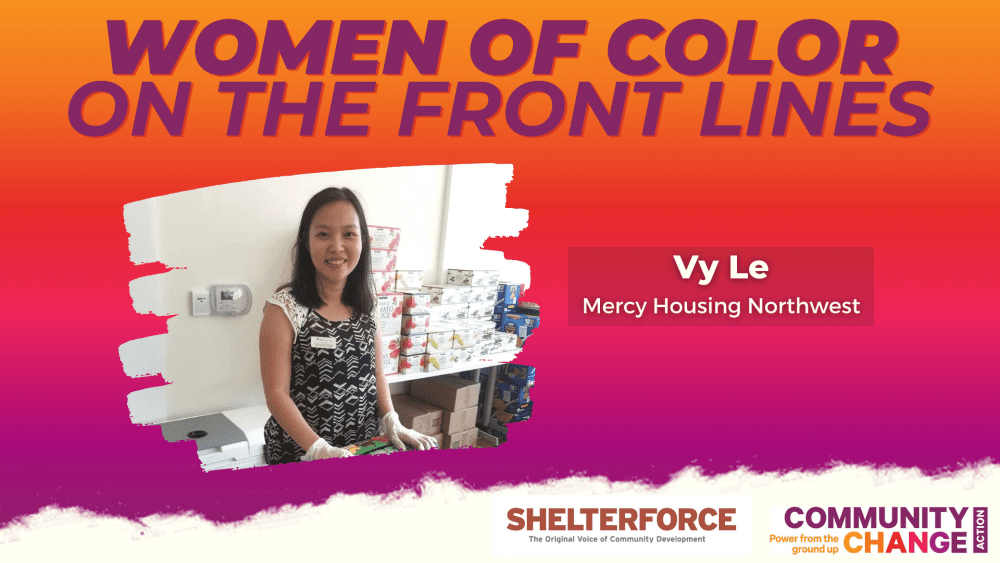
Of course many, maybe most, would accept the contention that “you can do well by doing good.” The evidence is clear. Ryan, for example, is CEO of the Women’s Bean Project, a social enterprise that trains and employs about 60 chronically unemployed women a year who produce gourmet food products and jewelry, with roughly 75 percent of the program’s cost covered by business revenues. More broadly, a recent study, which examined social enterprises supported by the San Francisco–based social enterprise accelerator REDF, found that every dollar spent on social enterprises saves taxpayers $1.31. Taking into account the business generated by the social enterprises themselves, society as a whole enjoys $2.23 in benefits per dollar invested.
Social enterprise has also won increased external recognition. REDF itself, for example, this year received a $7 million federal Social Innovation Fund award to expand its technical assistance support network nationally. A presentation in early 2014 on results from a social enterprise census demonstrates the growth of the field, identifying a total of 511 social enterprises that combined enjoy $1.2 billion in revenue and employ 38,900.
These numbers are significant, but if we are indeed “in the midst of a fundamental shift from business as usual,” we clearly remain at a very early stage of such a shift.
Officially, the federal Bureau of Labor Statistics says the U.S. unemployment rate is 5.1 percent, or 7.9 million people who are unemployed. But with 37.6 percent of the nation’s adult population not in the active labor force, it is clear that official figures vastly understate the scale of the employment challenge. Carla Javits, CEO of REDF, presented sobering figures at the conference. According to Javits, there are 21 million Americans who lack jobs and who face one or more of the following barriers to employment: past prison record, disconnected youth, mental illness, disability, or past homelessness. By and large, the effective joblessness rate for these groups ranges between 50 and 80 percent (and 100 percent for disconnected youth who are, by definition, neither in school nor employed).
Faced with the scale of this crisis, we need to acknowledge that even if the idea of doing well by doing good is increasingly accepted in theory, the dominant business mode remains, in practice, one which maximizes profit, not socially conscious employment. What can be done to move the dial?
Part of the discussion at the conference, not surprisingly, had to do with increasing the scale of existing enterprises. A breakout session on scale, for example, featured a range of strategies for social enterprise growth. One group featured was Catalyst Kitchens, based in Seattle, which provides technical assistance in order to foster a national network of social enterprises using catering as a business strategy to reintegrate formerly incarcerated individuals into the workforce. Another strategy was illustrated by Eco-Cycle in Boulder, Colorado, which used a political organizing approach to get the City to commit to curbside recycling (Boulder was among the first 20 cities in the country to do so in the 1970s) and got Boulder to agree to pay a 10 percent markup over cost in order to enable the nonprofit business to have sufficient capital to reinvest in operations and increase its scale over time.
But others addressed broader challenges. Chuck Lief, now President of Naropa University in Boulder, was the first president of Greyston Foundation, which operates a social enterprise bakery. During Lief’s tenure, Greyston grew from a startup to having 180 employees and a $20 million annual budget—he clearly knows about scaling. Yet Lief cautioned that increasing the scale of existing social enterprises would not, by itself, transform business culture. “Scale is fine,” he said. “But we need to be open to new ideas and energy. We need to look at what is coming behind us. What is the next radical step? . . . We are doing good stuff, but it is not enough. We need to keep the same sense of urgency.”
Jed Emerson, a long-time social enterprise advocate, pointed out another challenge: many socially focused investments are poorly constructed to achieve the socially beneficial outcomes they seek. “Ten years,” Emerson pointed out, is “kind of short term for education and poverty alleviation. We need less volatility and a longer-term hold that is tied to what we are trying to do, rather than being tied in to funds that pay out in seven years. We have to have that conversation.”
(Photo credit: Piotr Zaborowski via flickr, CC BY-NC 2.0)






Questions: Who owns the social enterprises described in the article? Would the many small and local cooperatives in many different economic sectors, like food (consumer owned), workers (employee owned), housing cooperatives (resident owned), etc., be considered by the Social Enterprise Alliance as being social enterprises? Herb Fisher
Thanks for your comment.
It’s an interesting question. The social enterprises described in the article are owned by nonprofit corporations. That said, in most parts of the world, say the phrase “social enterprise” and people immediately think “cooperative.” For example, in Italy, basically all social enterprises are set up as “social cooperatives” (multi-stakeholder). Quebec too has embraced multi-stakeholder cooperatives (which the Quebecois call “solidarity cooperatives.”
There are social enterprise type cooperatives in the United States. For example, the Evergreen Cooperatives in Cleveland that my group (The Democracy Collaborative) helped develop are multi-stakeholder cooperatives (80% worker owned, 20% owned by a nonprofit).
There are other groups developing worker cooperatives or mixed model cooperatives: Prospera in the San Francisco Bay Area and the Center for Family Life in Brooklyn come to mind. This is starting to become more common in the United States, but the nonprofit ownership model is still the norm.